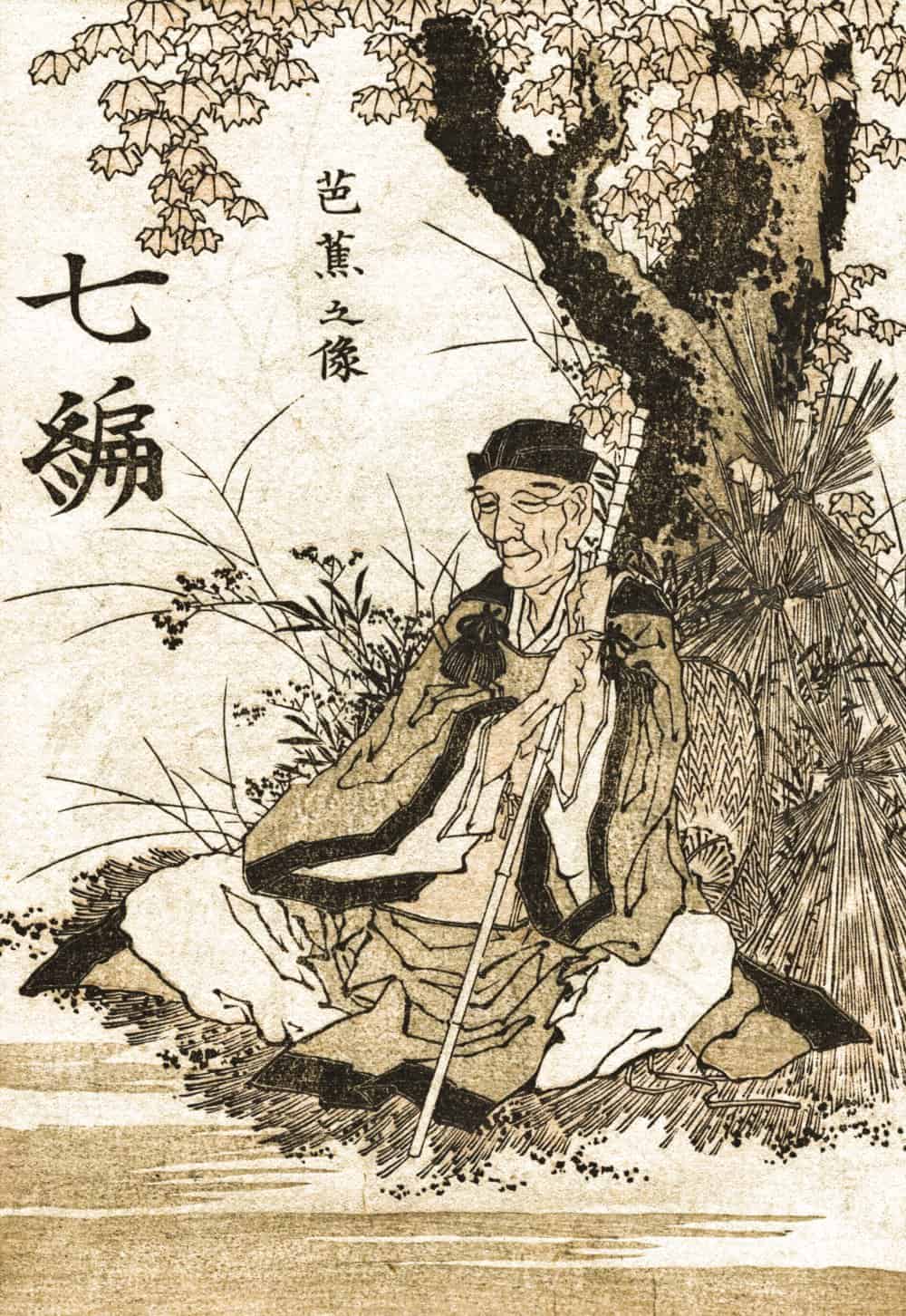
‘This year, the second year of Genroku, I have decided to make a long walking trip to the distant provinces of the far north …’
On 16 May 1689 the poet Matsuo Basho set off for the north of Japan. He recorded his journey in a travel diary of prose interspersed with haiku, seventeen syllable poems, which he named The Narrow Road to the Deep North.
He travelled on foot, wearing the standard travellers’ garb of straw sandals and carrying a straw raincoat which, when he put it on, made him look like a walking haystack. He had to buy new straw sandals every few days because they wore out so quickly.
At the time Japan was ruled by shoguns who maintained order by banning all wheeled transport except for goods. Great folk rode in palanquins or more rarely on horseback but most people went on foot.
There were different sorts of palanquin. The grandest could be lacquered and beautifully decorated inside and out with pictures from The Tale of Genji on the walls and eight bearers all in livery. But it was still a small wooden box where you sat cross-legged or on your knees, freezing in winter and fanning yourself frantically in summer.[…]
From Unseen Histories, first published in October 2024.